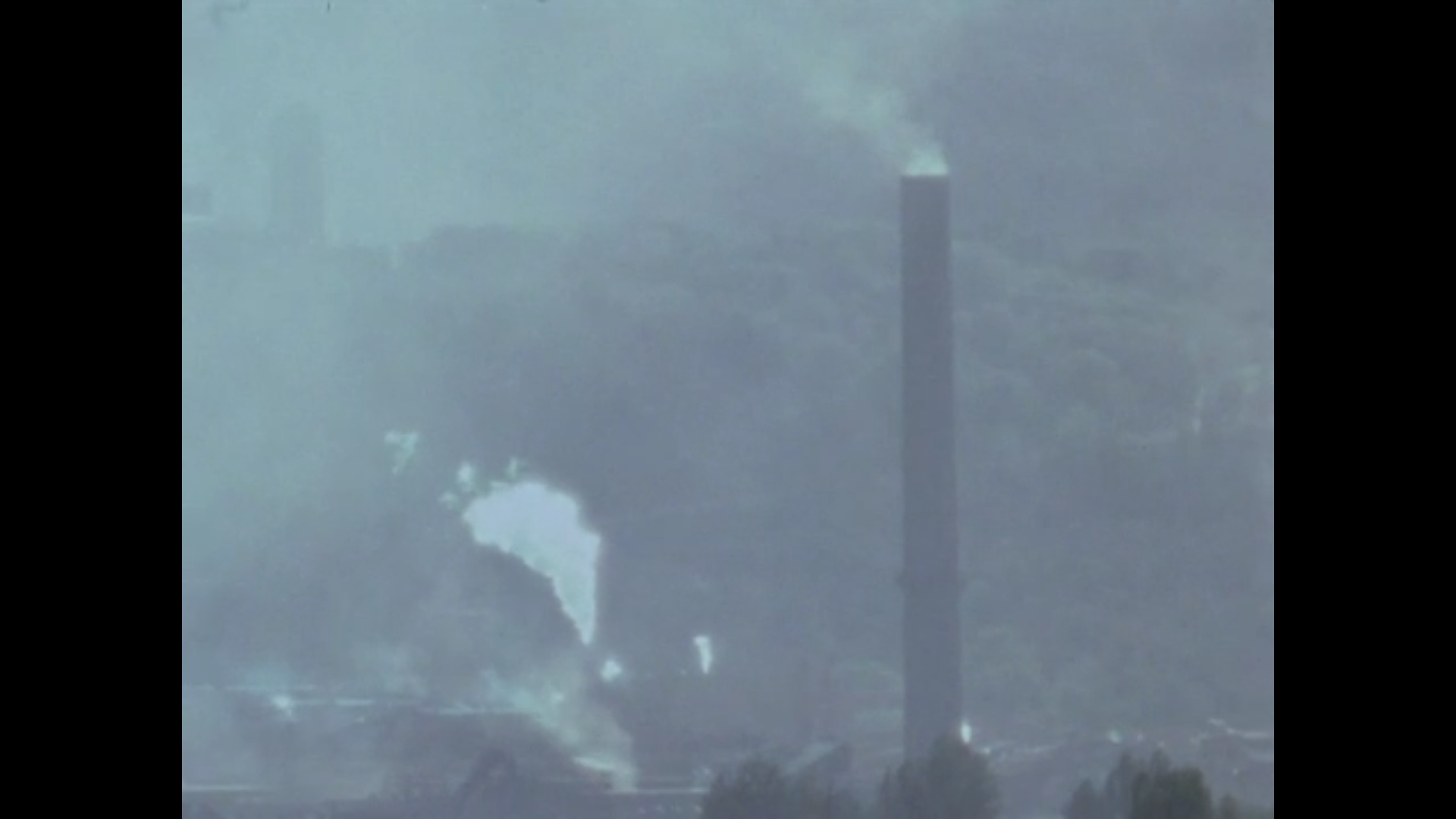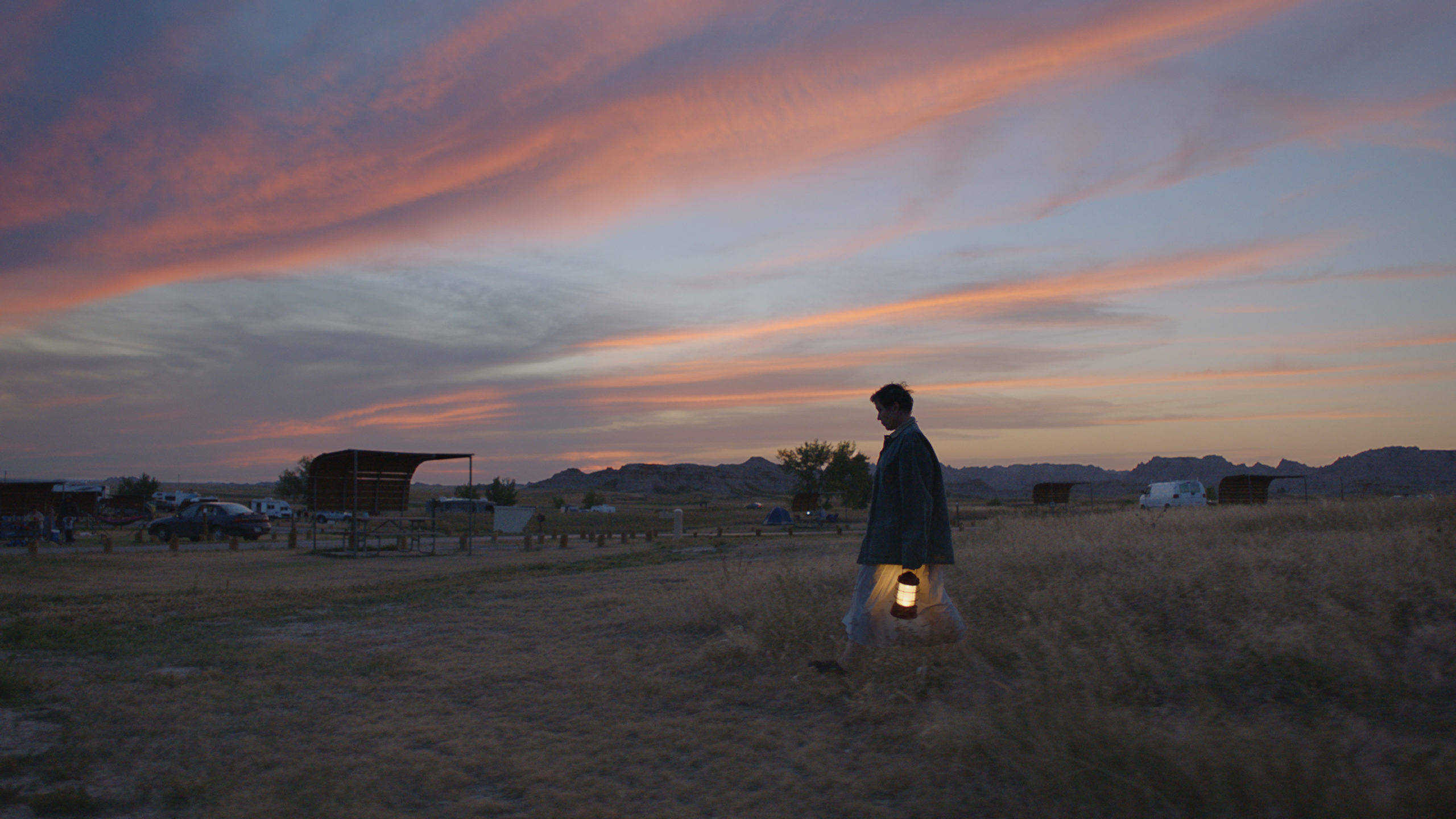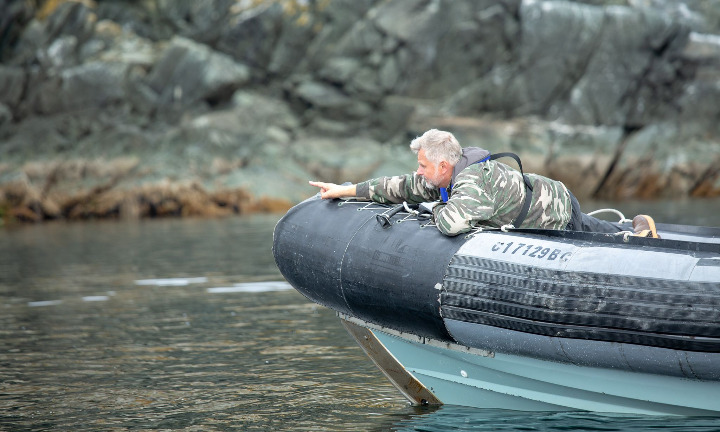Having a cinematic tradition that is inexorably linked to the documentary means that the battle between Canadian labour and multinational big business has been well-documented.
Since its inception, documentary filmmakers working with the National Film Board of Canada (NFB) have been on the frontlines of the vibrant peaks and long, long valleys that have been a reality in the Canadian labour struggle. In fact, the first film released by the Board, The Case of Charlie Gordon (1939), documented the plight of Canadians in the workplace.
From its height in the post-war boom, to the beginnings of its collapse in the 1980s, and all the struggles in between, a history of Canadian labour can be traced through three NFB documentaries.
After the tumult of the Great Depression and World War Two, the labour union found a new place in Canadian workplaces in the more prosperous Fifties. Mass representation was new to workers, and this is illustrated in Morten Parker’s 1954 film The Grievance. One of the five-part series Labour in Canada, Parker’s film shows the process that addresses an individual worker’s grievance.
The Grievance, Morten Parker, provided by the National Film Board of Canada
he Grievance follows the instructional or educational film format that many familiar with the NFB would recognize. Scenes and scenarios are scripted and shots are clearly planned in a film made to educate how the union serves its members. The film follows a worker’s refusal to work on a recently assembled truck cab that he deems too hot. His grievance goes through stewards, managers, committees and tribunals to try and determine if his refusal was justified. The narrative is nudged along by an omniscient narrator who softens the political nature of the union, reducing it to its bare function.
While not stepping on anyone’s toes, The Grievance does not gloss over the position of the union entirely. It makes it clear that unions are there to advocate for the workers in opposition to unfeeling corporate interests, but the film does show that both sides of the dispute, the union and the corporation, are just trying to do what they think is best. This is emblematic in one of the film’s lines near its conclusion, which states “how [the case] finally went isn’t really important. What is important, is that a man had a grievance and it was heard.”
The mutual understanding between labour and the corporation began to break down as the decades went by. Profit-seeking corporations and an angrier labour force fed up with poor treatment lead to more violent clashes. This is clear in Stephen W. Dewar’s short documentary Where You Goin’ Company Town? (1975).
Where You Goin’ Company Town?, Stephen W. Dewar, provided by the National Film Board of Canada
Dewar employed a cinema verité style along with narration in his film, which follows how the bubbling anxieties of lead poisoning and poor pay led to a major labour dispute at a smelter called Cominco in Trail, British Columbia. Economically, Cominco was the only game in town, but the paternalistic position it once held in Trail was melting away by the time Dewar and his crew arrived there. Focusing mostly on conversations between workers and footage from inside the smelter, we watch the heated discussions and events that precipitate a strike.
What Company Town captures well is the pressure the union organizers are under, not just from the corporation, but from its own ranks. In an evocative sequence, an argument among union members is diffused when someone states that they should “save their fighting for the company, not each other.”
Eventually, the union votes to walk out, in what would become the longest strike of the company’s history. However, even on the picket line that closes out the film, workers continue to fight workers. With scabs driving their cars through crowds of strikers, union men argue over how to deal with the situation. Cars are kicked and smashed, and picketers are nearly run over. The harmonious labour relations of The Grievance are a distant memory.
If Company Town shows us the roots of unrest in the labour movement, Sturla Gunnarsson’s Final Offer (1985) gives us the death knell of unionism in Canada. The only feature-length film of these three documentaries, Final Offer is centred around famed labour leader Bob White trying to settle a dispute between his union, the Canadian branch of United Auto Workers (UAW), and General Motors. His battle isn’t simply between the union and the corporation; White’s conflict extends to his own side. When GM threatens to shut down American plants if the Canadian workers stay on strike, infighting between the Canadian and American branches of the UAW begins to ramp up. The film is full of table-pounding, obscenity-laden arguments between union representatives and stern, cross-border phone calls.
Using the same mix of verité and narration as Where You Goin’ Company Town?, Gunnarsson is given unfettered access to high-stake negotiations. The dispute is, as the film points out, uniquely Canadian. Bob White is trying to strike a separate deal for Canadian auto workers that differs from a recent settlement south of the border.
Final Offer paints a sad picture of labour power in the early 1980s and gives us an idea of where it’s going. The events depicted did precipitate a schism between the Canadian and American branches of UAW, which only made White’s job harder. Gunnarsson shows how a union’s battle against multinational capital is always uphill, but he’s careful to let us see how White refuses to give up.
At the film’s conclusion, White is able to secure his uniquely Canadian deal, an annual pay increase of 2.25%. However, it is still less than what Canadian auto workers used to get by 0.75% — even with GM’s record-breaking profits that year.
In real-time, Gunnarsson’s film shows the beginning of the end of organized labour’s power in Canada. While the film ultimately depicts its ending as a success, history tells us the real war of attrition was ultimately lost and that this is where those losses began.
When viewed in turn, these documentaries show, contemporaneously, the changing trajectory of union power in the post-war period. While they lack any real conversation about the labour struggles of women, queer, immigrant, Black and Indigenous workers, they do give a symbolic overview of how we’ve gotten to where we are today. It’s a history that can only be accomplished through the power of documentary.
Final Offer , Sturla Gunnarsson & Robert Collison, provided by the National Film Board of Canada













